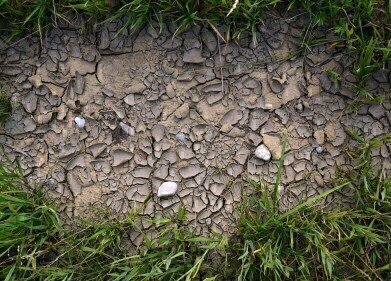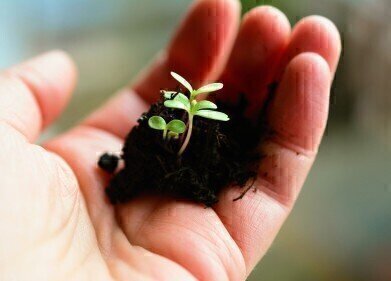Bioremediation
3 Examples of Bioremediation
Jul 21 2022
The human race has had something of a devastating impact on the natural world. Our industrial activity has polluted the environment with myriad chemicals, hydrocarbons and other contaminants, compromising the quality of soil and groundwater. Fortunately, however, Mother Earth has a knack of healing herself – and with a little helping hand from us, that process can be optimised and accelerated.
That’s where bioremediation comes in. Ostensibly referring to the use of organic microbes (such as aerobic or anaerobic bacteria) to clean up contamination, bioremediation needs a specific set of conditions to occur. This includes the right temperatures, pressures and nutrient composition, which means that bioremediation is almost always a human-engineered process. Here are three real-world examples of the practice to illustrate its effectiveness more clearly.
Industrial site decommissioning
Industrial sites invariably generate a significant amount of waste, including much chemical residue from their activities. Although their activities are heavily regulated by such directives as the EU’s Large Combustion Plant BREF, this has not always been the case, meaning some sites leave behind them a substantial environmental footprint.
Bioremediation can be far more effective in tackling this issue than other, more traditional methods of site cleaning. That’s because pre-cultivated microbes, which are designed and engineered in a laboratory setting, can target specific contaminants and more efficiently remove them from the contaminated area.
Oil spillages
Even when it occurs on a small scale, the spillage of oil and petroleum can have highly damaging effects on the flora and fauna living in the surrounding ecosystems. Obviously, when over three million tonnes of the stuff are allowed to leach into the environment – as happened with the now-infamous Deepwater Horizon spill in the Gulf of Mexico in 2010 – the issues are even more serious.
In the aftermath of that particular incident, two specific types of bioremediation were put into action. Bioaugmentation involved the injection of microbes capable of degrading the oil, while biostimulation added the nutrients those microbes require in order to thrive and perform to their maximum potential.
Crime scenes
Crime scenes are, unfortunately, often awash with blood and other bodily fluids, which can pose the risk of infection of contagious diseases such hepatitis and HIV. As such, it’s imperative that those substances are properly cleaned up so as to keep the human and animal populations in the vicinity of the scene safe from harm.
It’s a dirty job, but someone’s got to do it – and that job often falls to a specific set of enzymes. While ammonia, bleach and other chemical agents may be used to tackle more conventional contaminants, human residues are dealt with by enzyme cleaners, which attack the structure of the cells of the offending substances and make them easier to wipe away.
Events
May 11 2025 Vienna, Austria
May 18 2025 Algiers, Algeria
23rd International Water Management Exhibition
May 20 2025 Prague, Czech Republic
Singapore International Water Week Spotlight 2025
Jun 23 2025 Singapore
Jun 25 2025 Sao Paulo, Brasil














